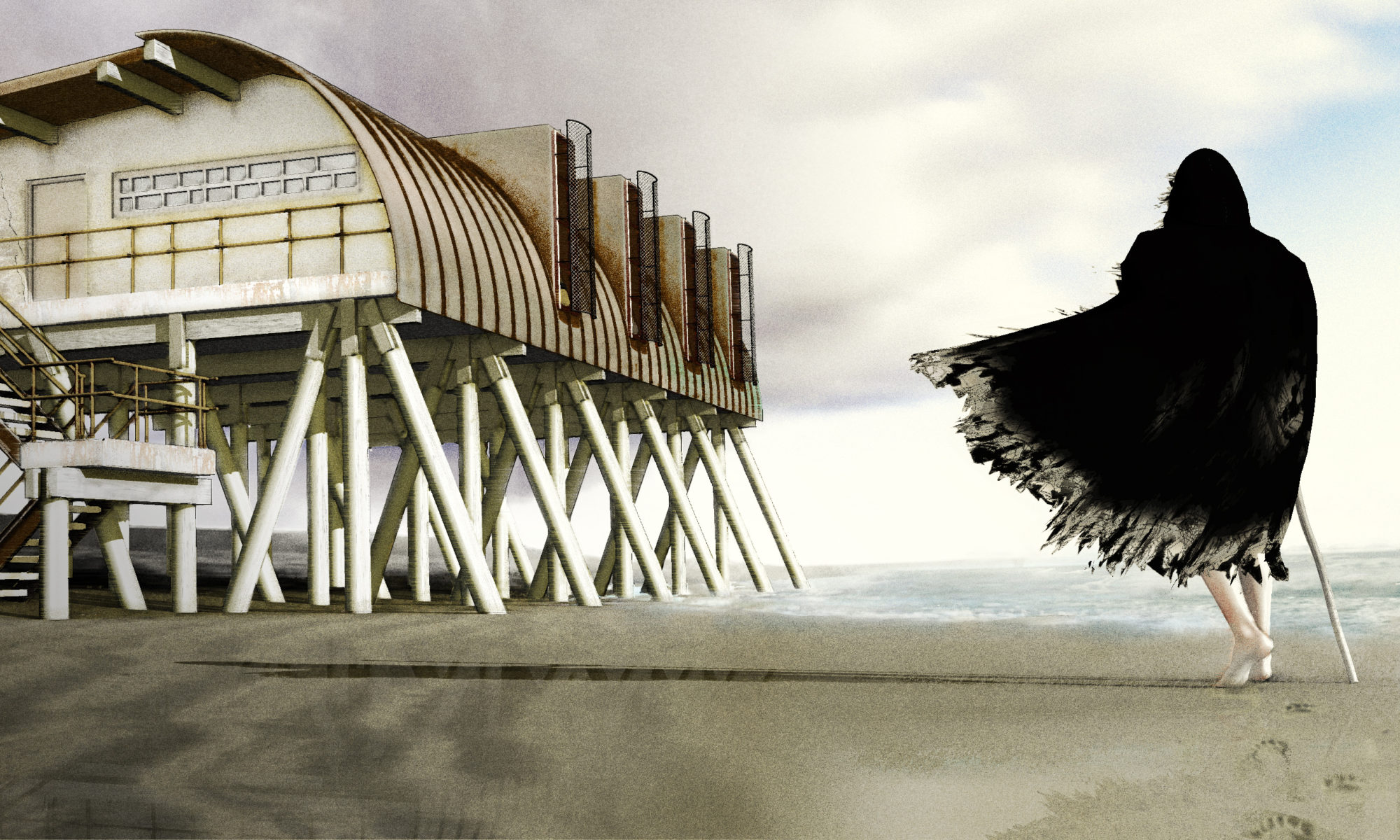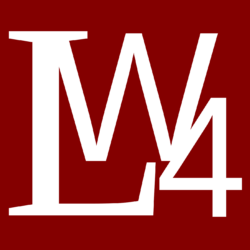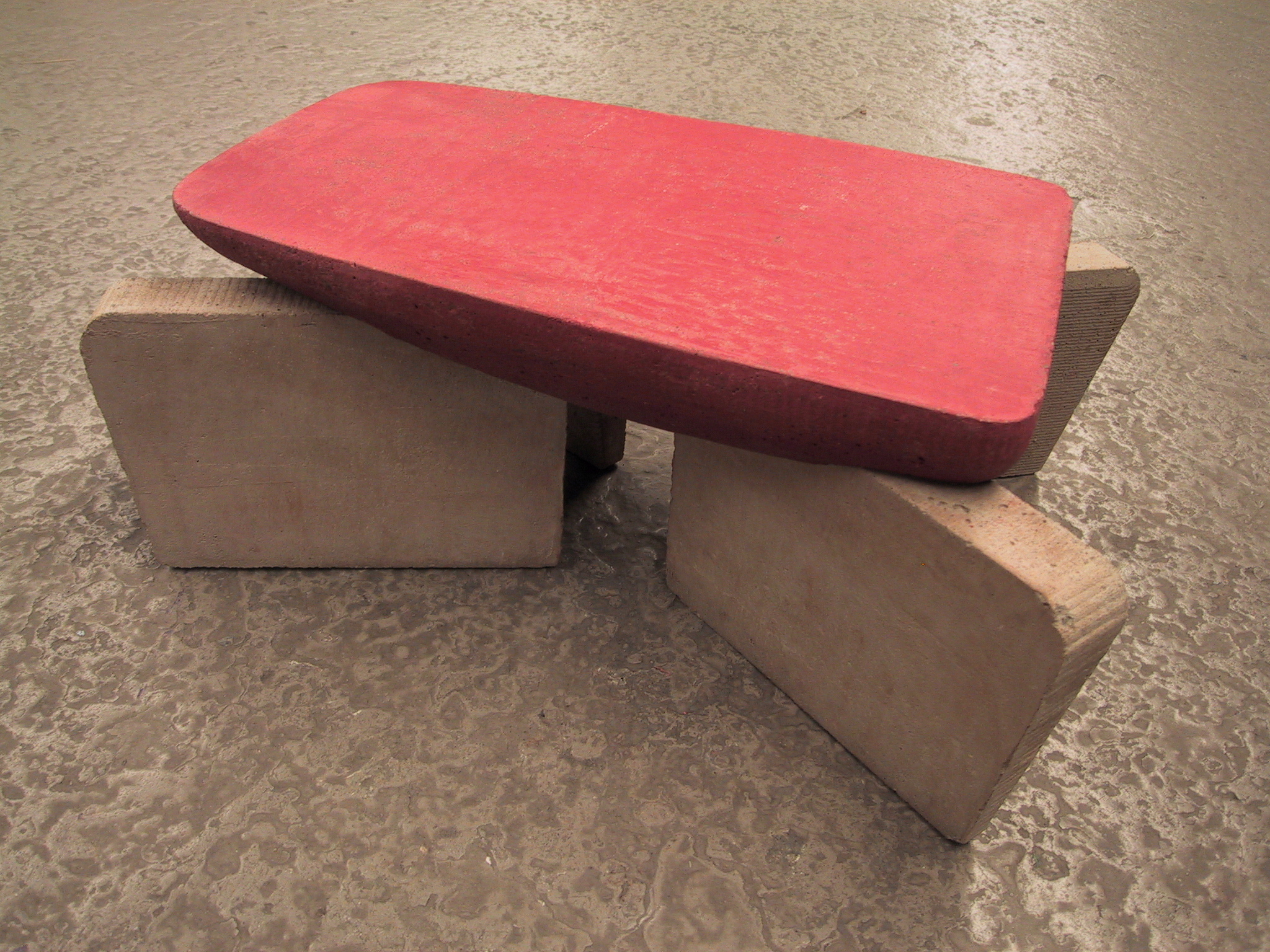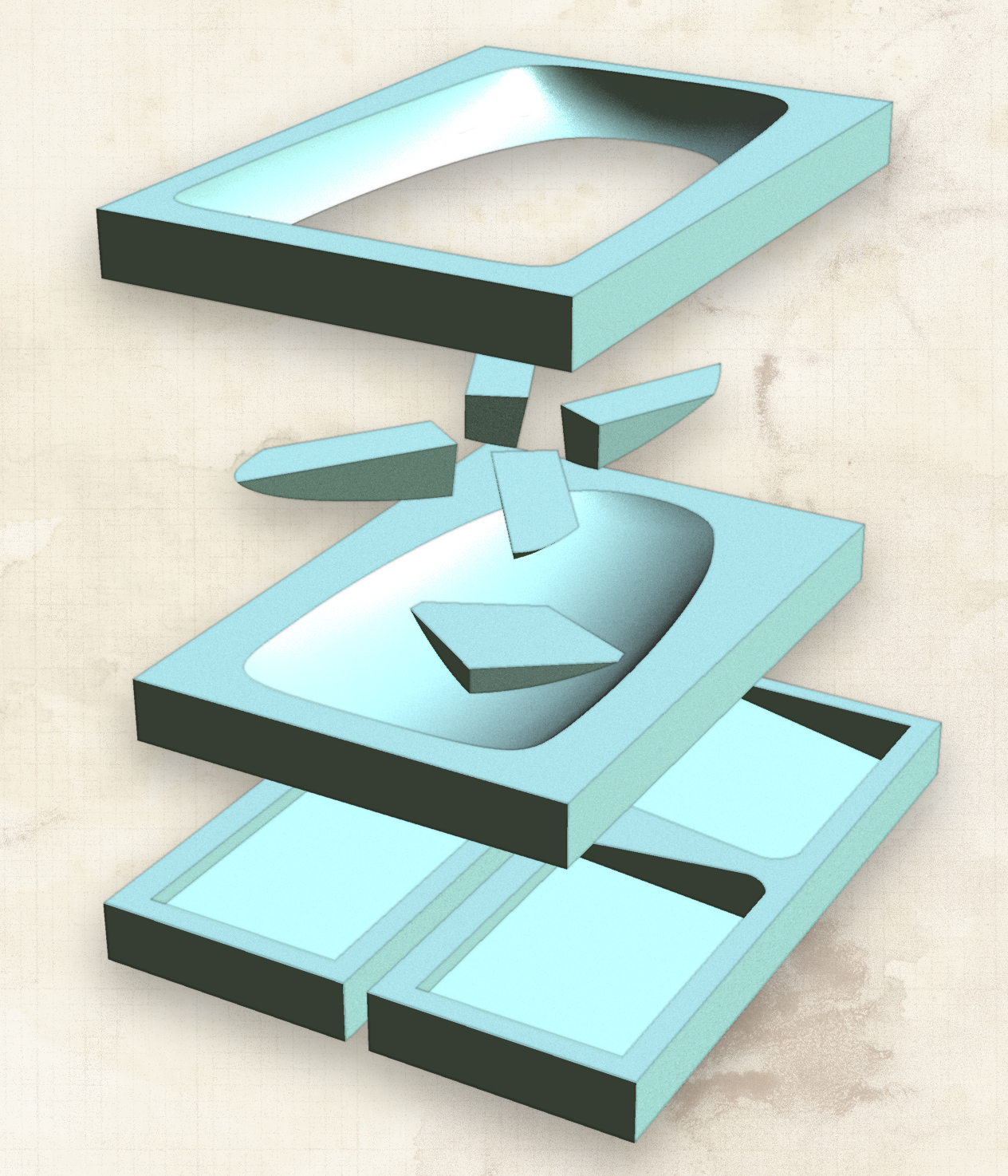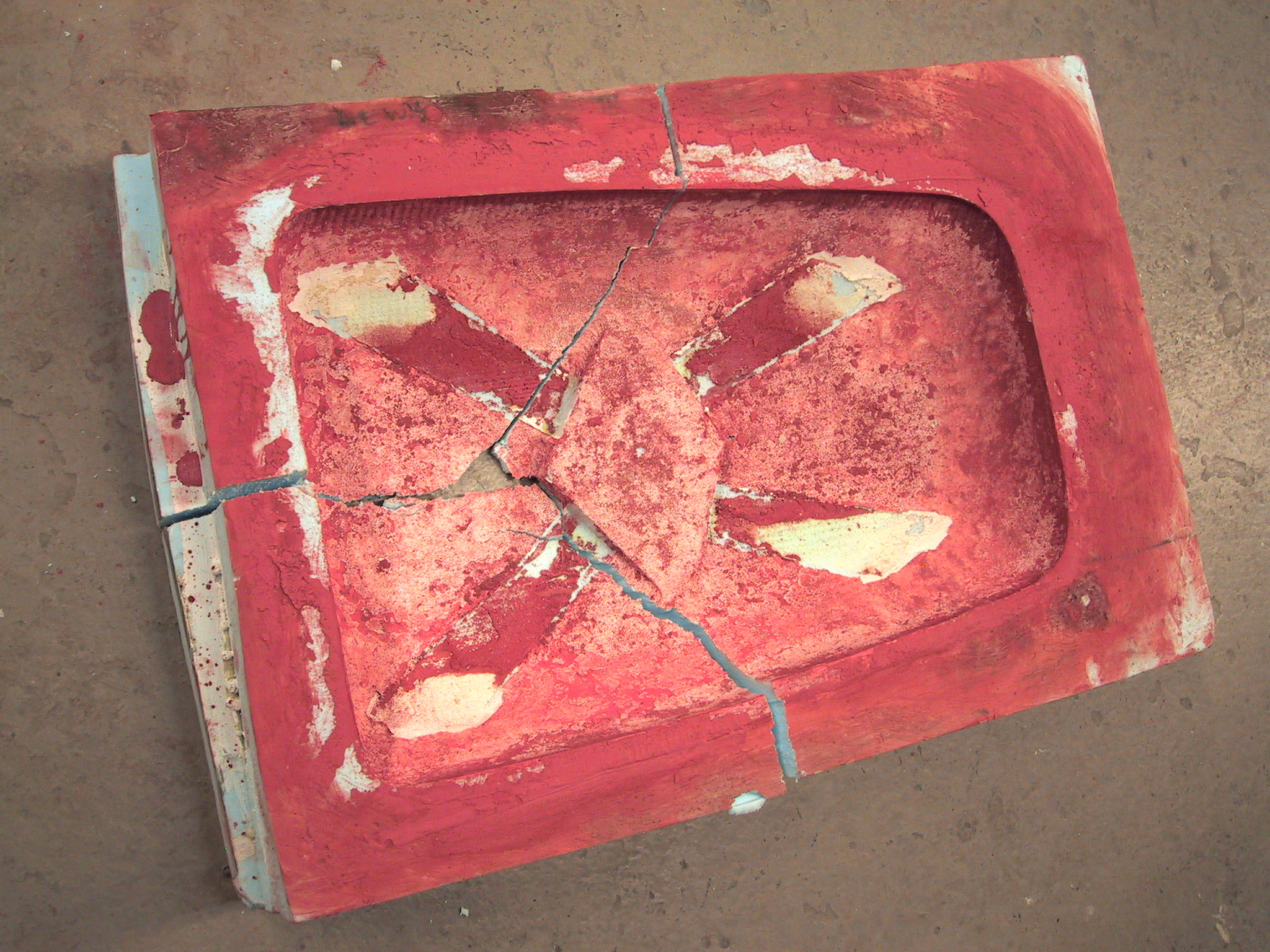At one point during the course of my graduate studies in architecture, I was given the abstract assignment to develop “a piece of joinery” that would bear my own weight. It was expected that this joinery would be fabricated in wood, but as I was also an employee of the school in its fabrication lab I had access to CNC milling equipment. I determined to create my joinery example in cast concrete, with the molds created from milled extruded polystyrene foam insulation, and that the result would furthermore be a functional piece of furniture.
The legs of this table had a wedge-shaped cross-section and fit into appropriate grooves in the curving bottom of the tabletop. This was a moderately challenging proposition for a milled mold design, as the 3-axis CNC router I wanted to use could not undercut shapes, and therefore could not manage the upside-down triangular section that would form those grooves. I ultimately glued separately-milled EPS shapes (“positives” of the legs) into the bottom of the table top mold. The table top mold had been milled with a diaper-shaped projection in the center to function as a register for the separately-milled shapes.
The end-mill bit I used to carve away the EPS foam left fairly pronounced furrows in non-horizontal areas of the molds. These in turn produced quite an interesting texture on the ends and slanted sides of the cast legs.
The underside of the table top showed the grooves and the diaper-shape that allowed me to position the separately-milled positives accurately. To emphasize the distinction between the joined parts, I mixed red mason’s dye into the concrete for the top. There were a few lengths of threaded steel rod positioned in the concrete of the top as well, along its longest axis and just within the shorter ends, so that technically this was reinforced concrete. I actually now question if there could ever enough tension applied to the top, in normal day-to-day use holding coffee cups and books, to make that steel necessary.
The exothermic reaction of the curing concrete of course destroyed the original molds. No one has ever approached me concerning acquiring a copy of this table, so I have never had to develop a system for mass-producing it (or at least, for avoiding the milling of a completely new set of molds for every instance).
I had to pretend, for purposes of the assignment, that there was no functional purpose behind this assembly of concrete shapes, let alone any formal derivation from the capital buildings of Chandigarh and the other late béton brut work of a certain Swiss-French architect. Of course, the table could bear my weight without difficulty, and once the joinery demonstration was completed I permanently fixed the legs into their grooves with a small amount of expanding polyurethane epoxy.
As with my “Concrete Moonbabies”, the red mason’s dye proved to be this project’s undoing, catastrophically weakening the concrete matrix. In 2015 the table was accidentally left outside during an unexpected snowfall. After the thaw, it was revealed that the dyed top piece had partially reverted to red-colored mud.
